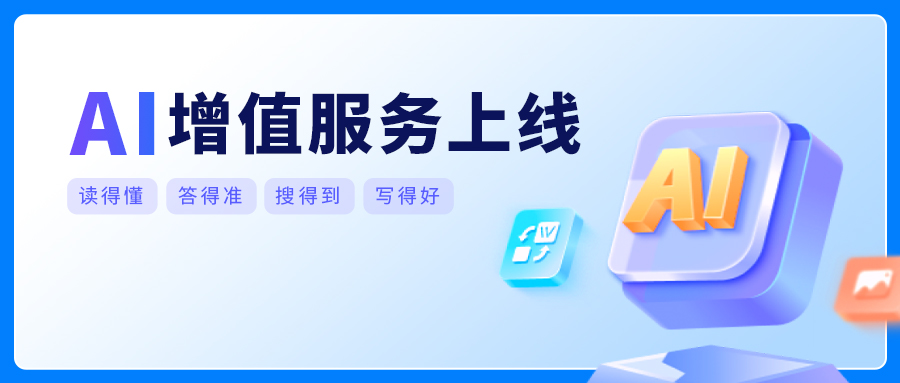What is the difference between file sharing and traditional storage?
Traditional storage methods
In the past few decades, Users mainly store data through physical media, For example, hard drives, Optical discs and flash drives, etc. These devices store user files and data, And it can be accessed and managed through some applications and devices.
The main characteristic of traditional storage is that the data is local, That is to say, Data can only be accessed and modified on the device. This means that, If a user needs to access the same file on different devices, They must copy these files to different devices for implementation. in addition, Need to backup and restore data, We also need to consider the possibility of hardware failures.
File sharing methods
File sharing is a network-based data storage method, It provides users with a more convenient way to access and manage data. A file sharing system consists of one or more servers and some terminal devices, Can access files simultaneously on thousands of terminal devices, Data can also be accessed through the internet and intranet.
Unlike traditional storage methods, File sharing data is stored in the cloud. This means that users can access it from anywhere, Any device accessing their files. in addition, File sharing systems typically have strong backup and data recovery mechanisms, And high availability.
The main differences between file sharing and traditional storage
1. Data storage method
File sharing data stored in the cloud, Traditional storage data is stored on local physical media.
2. Data access method
Traditional storage requires accessing files on physical media, And file sharing can be done through any device, Accessing Files Anywhere.
3. Application Tasks
File sharing facilitates task allocation and division of labor collaboration, Traditional storage mainly focuses on data backup and hardware failure risk prevention.
4. data security
File sharing systems typically have security management mechanisms, Manage different permissions for different users and groups through authorization, Ensure the confidentiality of data, Integrity and availability. Traditional storage mechanisms may have data leakage, Risks such as Data corruption.
summary
Although both file sharing and traditional storage methods can store and manage data, But there are significant differences. File sharing is more suitable for multi person collaboration and multi device access, Can keep users away from risks such as hardware failures. Traditional storage is more suitable for personal storage and certain confidential data storage. Two methods can complement and use each other. Which method to choose needs to be considered based on actual situations and needs.
 
About us
360FangcloudIt is a team collaboration and knowledge management platform for enterprises, Support storage of massive files, Online editing, Multi format preview, Full-text search, File comments, Security control and other functions, Can help enterprises achieve aggregation of file assets, Administration, Sharing and Collaboration, Improve internal and external collaboration efficiency, Ensuring data security and risk control.
As of 2022 year-end, 360FangcloudAlready served 56 10000 enterprise users, cover 20 Multiple industries, Including Zhejiang University, Country Garden, Changan Automobile, Geely Group, JinkoSolar, Large clients such as Jinyuan Group.
-
Classification of this article: Frequently Asked Questions
-
Article label:
-
Number of views: 3390 Views
-
Release date: 2023-06-11 08: 51: 20
-
Link to this article: https: //www. fangcloud. com/cms/cjwt/1923. html
Popular recommendations
- 360 Fangcloud助力 500 强企业JinkoSolar实现多地高效协同
- 360 Fangcloud AI 增值服务上线, 超大限时优惠等你来!
- 华诺科技与 360 Fangcloud达成战略合作, 共推 AI 大模型产业化落地
- 美容品牌「御研堂」引入 360 Fangcloud, 高效Administrationnationwide近百门店
- 天津医科university总医院: 借助 360 Fangcloud实现文件安全Administration
- 央企控股上市公司引入 360 FangCloud Enterprise Online Disk, 搭建智慧协同云平台
- 助力数字化-型, 3 制造企业通过 360 Fangcloud高效协同办公
- 中国人民university, 中国科学院university等众多客户签约 360 Fangcloud
- 物产中大化工集团: 借助 360 Fangcloud安全Administration文档, 高效协作办公
- 深耕 "人工智能安全" 三六零获评 2023 年北京 "隐形冠军" 企业
最新推荐
- 入选领域最多, 影响力最广泛! 360 上榜 2024 网络安全十大创新方向
- 数字政府新标杆! 朝阳 "City 不 City 啊" ?
- 360 携 20+ "终端能力者" ! 组建 ISC 终端安全生态联盟
- 360 告警: 全球知名大模型框架被曝漏洞! 或致 AI 设备集体失控
- 人们, 咱安全圈可不兴 "没苦硬吃" !
- 黑神话: 悟空 疯狂 24 小时: 爆火下的网络安全陷阱
- 攻防演练实录 | 360 安全大模型再狙 0day 漏洞, 助蓝队 "上大分" !
- Gartner 最新报告! 360 "明星Products" 搭载安全大模型战力领跑市场
- 第五辆! 周鸿祎提车 "奇瑞星纪元" 持续为国产新能源车助威
- 重磅! 360 智能化data security系列Products发布 实现数据可见, 可管, 可用!

 400-993-9050
400-993-9050













 浙公网安备 33011002015048 号
浙公网安备 33011002015048 号 Wechat Consulting
Wechat Consulting
 Phone consultation
Phone consultation